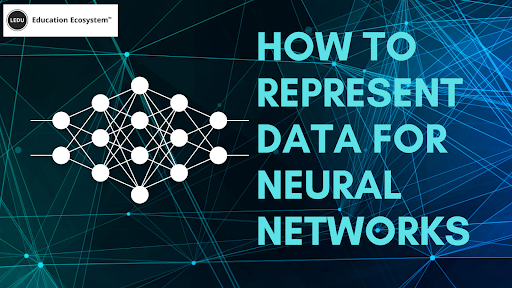[ad_1]

Introduction
All machine studying techniques use Tensors (multidimensional arrays) as their main knowledge construction. Information are saved within the type of tensors. For neural networks, knowledge are represented primarily within the following codecs;
- Vectors (1D tensors): An array of numbers known as vectors or 1D tensors. A 1D tensor has precisely one axis.
- Scalars(0D tensors): A Tensor that comprises just one quantity known as a scalar (0-dimensional tensor ). In NumPy, float32 or float64 quantity is a scalar-tensor.
All present machine studying techniques use tensors as their main knowledge construction. Tensors are elementary to the sphere. A tensor is a container for knowledge at its core. That’s practically repeatedly numerical knowledge. Subsequently, it’s a container for numbers.
For instance, x = np.array([1,2,3,4,5,6,7,8]), has 8 entries therefore known as 8 dimensional vector. An 8D tensor and 8D vector are completely different. An 8D vector has just one dimension alongside its axis, whereas an 8D tensor has 8 axes and will have any variety of dimensions. Dimensionality can denote both the variety of entries alongside a particular axis (as within the case of our 8D vector) or the variety of axes in a tensor (equivalent to 8D tensor).
Vectors (1D tensors)
A vector is an array of numbers. It’s also known as a 1D tensor. A 1D tensor is meant to have only one axis.
The next is a Numpy vector:
>>> x = np.array ([12, 3, 6, 14])
>>> x
array ([12, 3, 6, 14])
>>> x.ndim
This vector known as a 5-dimensional vector as a result of having 5 entries. A 5D vector has 5 dimensions alongside its axis & just one axis. A 5D tensor can have any variety of dimensions alongside every axis and has 5 axes. Dimensionality might denote both the variety of entries alongside a particular axis or the variety of axes in a tensor. That could be complicated at instances. It’s technically extra appropriate to speak a few tensor of rank 5 within the latter case. The rank of a tensor is being the variety of axes. However the unclear notation 5D tensor is frequent irrespective.
Matrices (2D tensors)
A matrix is an array of vectors. It’s also known as a 2D tensor. Also known as rows and columns, a matrix has two axes. We are able to visually perceive a matrix as an oblong grid of numbers.
It is a Numpy matrix:>>> x = np.array ([ [5, 78, 2, 34, 0],
[6, 79, 3, 35, 1],
[7, 80, 4, 36, 2] ] )
>>> x.ndim
From the primary axis, the entries are known as the rows. The columns are entries from the second axis. Within the earlier instance, [5, 78, 2, 34, 0] is the primary row of x, and [5, 6, 7] is the primary column.
3D and higher-dimensional tensors
We acquire a 3D tensor, which we will visually interpret as a dice of numbers if we pack such matrices in a brand new array.
Following is a Numpy 3D tensor:
>>> x = np.array([[[5, 78, 2, 34, 0],
[6, 79, 3, 35, 1],
[7, 80, 4, 36, 2]],
[[5, 78, 2, 34, 0],
[6, 79, 3, 35, 1],
[7, 80, 4, 36, 2]],
[[5, 78, 2, 34, 0],
[6, 79, 3, 35, 1],
[7, 80, 4, 36, 2]]])
>>> x.ndim
We are able to create a 4D tensor by packing 3D tensors in an array and so forth. We’ll typically manipulate tensors which are 0D to 4D in deep studying.
What are the important thing qualities of a tensor?
We are able to outline a tensor by three key attributes;
For instance, a 3D tensor has three axes, and a matrix has two axes. That is additionally known as the tensor’s ndim in Python libraries for example Numpy.
It is a tuple of integers. It defines what number of dimensions the tensor has alongside every axis. For case, the earlier matrix instance has form (3, 5), and the 3D tensor instance has form (3, 3, 5). A scalar has an empty form, () and a vector has a form with a single factor, equivalent to (5,).
That is the kind of knowledge restricted within the tensor. For instance, a tensor’s kind could also be float32. It might even be uint8, float64, and so forth. We may even see a char tensor on uncommon instances. Tensors reside within the pre-allocated, adjoining reminiscence segments, subsequently, string tensors don’t exist in Numpy or in most different libraries.
Graph Neural Networks
Graph Neural Community, as to how it’s known as, is a neural community that may straight be utilized to graphs. It gives a handy approach for node stage, edge stage, and graph stage prediction duties. There are primarily three forms of graph neural networks;
- Recurrent Graph Neural Community
- Spatial Convolutional Community
- Spectral Convolutional Community
[ad_2]
Source_link
